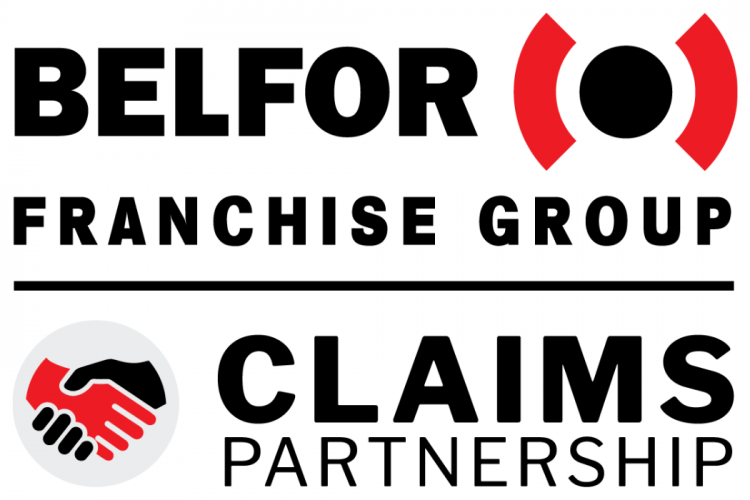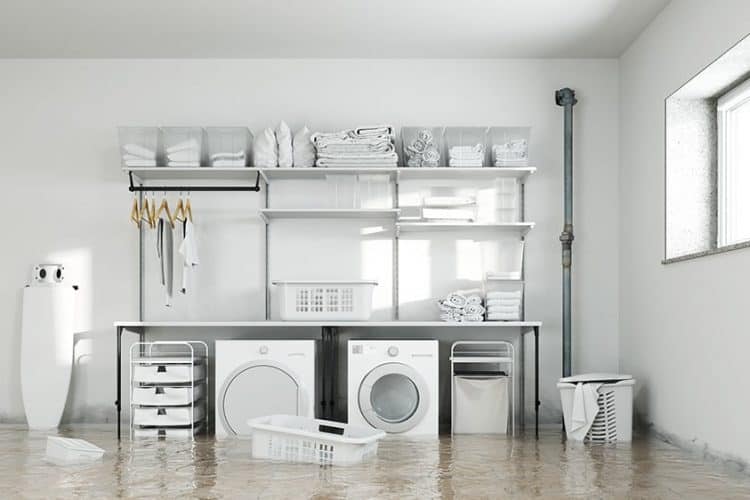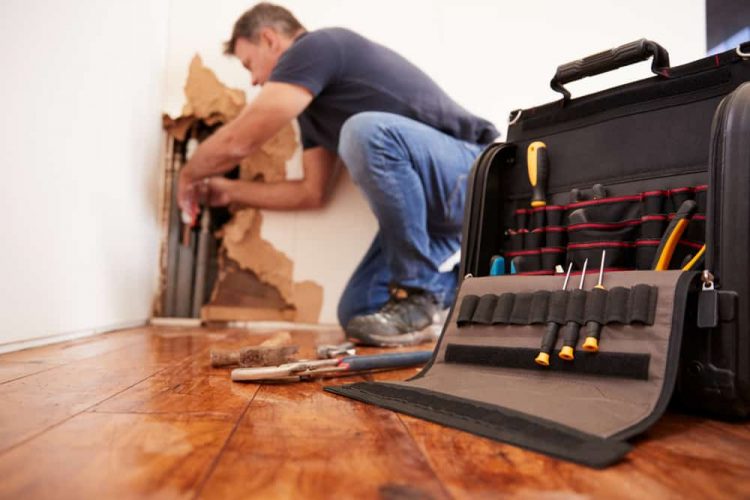 Owning a home is one of life’s greatest achievements, providing a sense of security and stability for you and your family. However, living in a flood-prone area can bring with it the threat of potential flood damage, marring that sense of security.
Owning a home is one of life’s greatest achievements, providing a sense of security and stability for you and your family. However, living in a flood-prone area can bring with it the threat of potential flood damage, marring that sense of security.
Floods are among the most devastating natural disasters, capable of wreaking havoc on your property. As climate change continues to alter weather patterns, flood events are becoming more frequent, making it essential for homeowners in flood-prone areas to be proactive in safeguarding their properties.
When it comes to dealing with the aftermath of a flood, having a reliable and experienced partner by your side makes all the difference. This is where 1-800 WATER DAMAGE comes in. As a leading residential property restoration company, 1-800 WATER DAMAGE specializes in helping homeowners recover from the many negative effects of floods.
Taking steps to prepare your property to withstand the threat of a flood can help mitigate property damage. Throughout this article, we will explore essential tips and proactive measures homeowners can take to protect their homes from floods.
Assessing Your Home’s Vulnerability to Flood Damage
Assessing your property’s vulnerability to floods is the first crucial step toward developing a comprehensive flood preparedness plan.
Identifying Flood Risk Factors Specific to Your Area
- Research Local Flood History: Begin by researching the historical flood patterns in your area. Look for past flood records, floodplain maps, and information from local authorities or the Federal Emergency Management Agency (FEMA).
- Consult Flood Hazard Maps: FEMA and other organizations often create flood hazard maps that show the likelihood of flooding in different areas. Check if your home is located in a designated flood zone and assess the flood risk level associated with your property.
- Consider Elevation: Determine the elevation of your property concerning nearby bodies of water, such as rivers, lakes, or coastal areas. Low-lying properties are more susceptible to flooding, and understanding the elevation can help you gauge the potential severity of flooding during different events.
Evaluating Your Home’s Location and Surroundings
- Proximity to Water Sources: Be aware of how close your home is to bodies of water, including rivers, streams, and ponds. Properties located near these water sources are more likely to be affected during heavy rainfall or rising water levels.
- Drainage Patterns: Examine the drainage patterns in your neighborhood and on your property. Poor drainage can lead to water pooling around your home during heavy rains, increasing the risk of water seepage and flooding.
Using Flood Maps and Local Resources to Determine Flood Probability
- FEMA Flood Insurance Rate Map (FIRM): Refer to FEMA’s FIRM for your area to determine your property’s flood zone designation and Base Flood Elevation (BFE). The BFE indicates the water level expected during a 100-year flood event, which can help you assess the potential depth of flooding.
- Online Tools and Apps: Various online tools and apps can provide flood risk assessments based on your address or zip code. These resources can offer additional insights into your property’s flood probability and help you make informed decisions.
- Local Authorities and Floodplain Managers: Reach out to local floodplain managers or authorities who can provide valuable information on flood risks specific to your region. They can offer guidance on flood preparedness and local flood mitigation initiatives.
Essential Precautions for Homeowners in Flood-Prone Areas to Avoid Water Damage
After assessing your home’s vulnerability to flooding, if you discover that you live in a flood-prone region, it’s crucial to take proactive steps to fortify your home against potential flood damage. By taking essential precautions, you can reduce the impact of floods and protect your property.
Elevating Vulnerable Electrical Systems and Utilities
- Electrical Panel Elevation: Elevate your electrical panel above the potential flood level, preferably on an upper floor or platform. This prevents water from damaging the electrical components and reduces the risk of electrical hazards during a flood.
- HVAC Equipment Elevation: Raise heating, ventilation, and air conditioning (HVAC) equipment, including furnaces and air conditioning units, to higher ground. Floodwaters can cause severe damage to these systems, leading to costly repairs or replacements.
- Appliances on Raised Platforms: Elevate appliances such as water heaters, washing machines, and dryers on raised platforms to keep them above potential flood levels. Securing these appliances can help avoid electrical and mechanical damage.
Installing Sump Pumps and Backflow Valves
- Sump Pump Installation: Consider installing a sump pump in your basement or crawl space. Sump pumps help drain water from the lower areas of your home during floods, reducing the risk of water damage and mold growth.
- Backflow Valve Installation: Have a backflow valve installed in your sewer line to prevent sewage from backing up into your home during heavy flooding. This can prevent contamination and damage to your property’s interior.
- Regular Maintenance: Ensure that your sump pump and backflow valves are well-maintained. Test them regularly and keep them in good working condition to ensure they function effectively when needed.
Insurance Coverage and Documentation
- Secure Flood Insurance: Standard homeowners’ insurance policies typically do not cover damage due to a flood. Invest in flood insurance to protect your home and belongings from flood-related losses.
- Document Your Belongings: Create a detailed inventory of your possessions, including photographs or videos of valuable items. Store this information digitally or in a safe location, making it easier to file insurance claims in case of damage from a flood.
- Review Your Policy: Understand the coverage and limitations of your flood insurance policy. Ensure that it provides adequate protection for your property and possessions.
Seeking Professional Restoration Assistance for Damage Due to Floods
In the unfortunate event of a flood, prompt action is essential to mitigate the damage and prevent further damage to your home.
One of the most notable advantages of enlisting professional damage restoration services is their ability to prevent secondary damage that may occur if the initial cleanup is not done properly. Their expertise ensures that all hidden areas, such as wall cavities and crawl spaces, are thoroughly inspected, dried, and treated to prevent lingering issues.
This is where professional property restoration service companies, such as 1-800 WATER DAMAGE, play a vital role. Our expert teams are equipped with specialized equipment and knowledge to assess the extent of the damage, implement effective restoration processes, and bring your home back to its pre-flood condition.
Are you in need of damage restoration services? We’d be happy to help! Contact us today or give us a call at (800) 928-3732, and we will be sure to assist you and help restore your property to its former condition.



